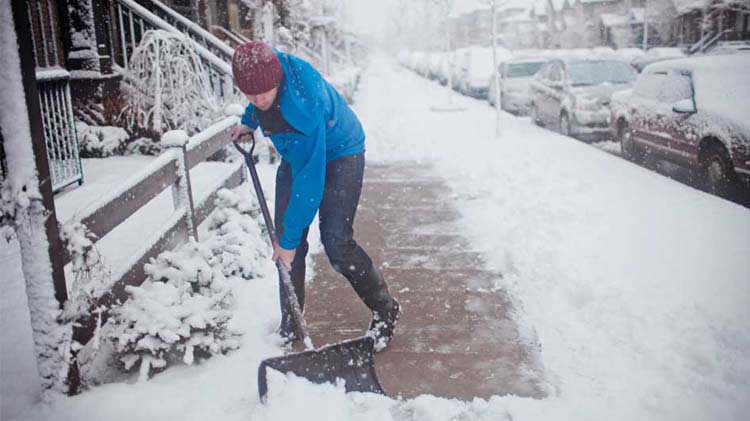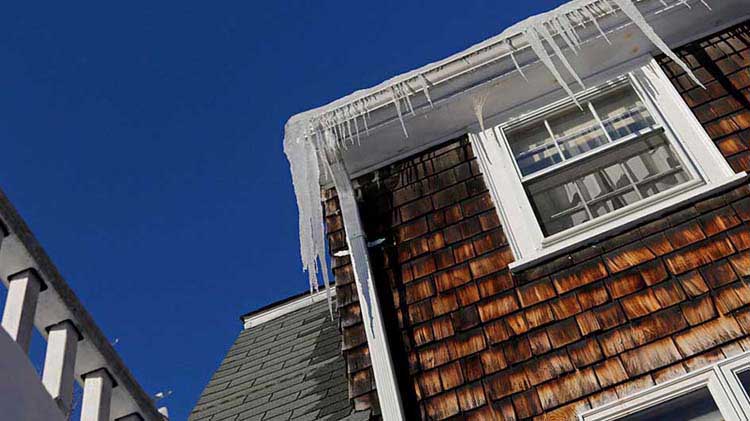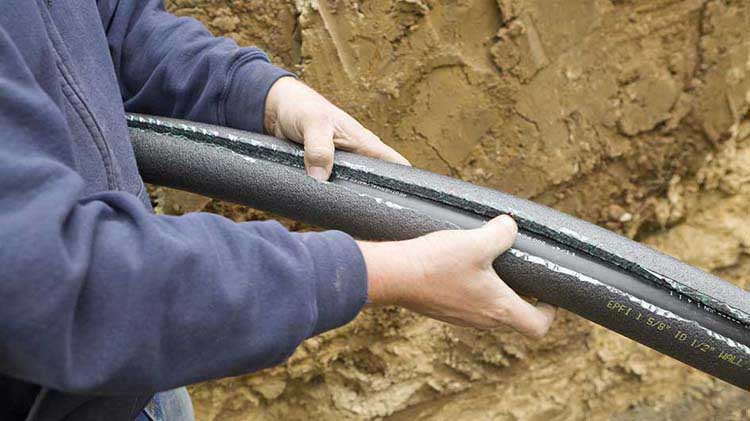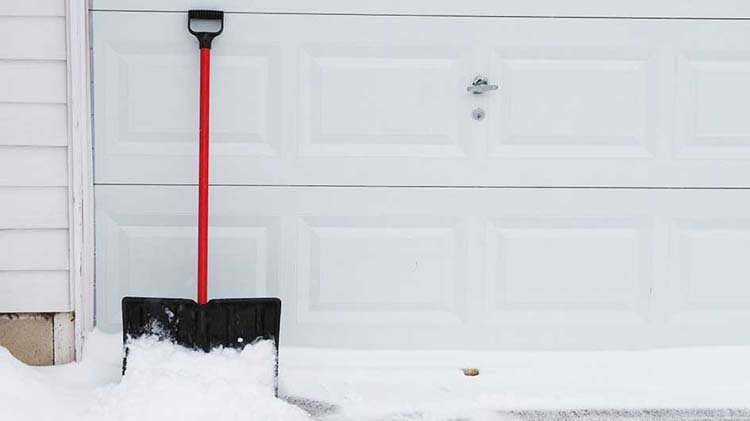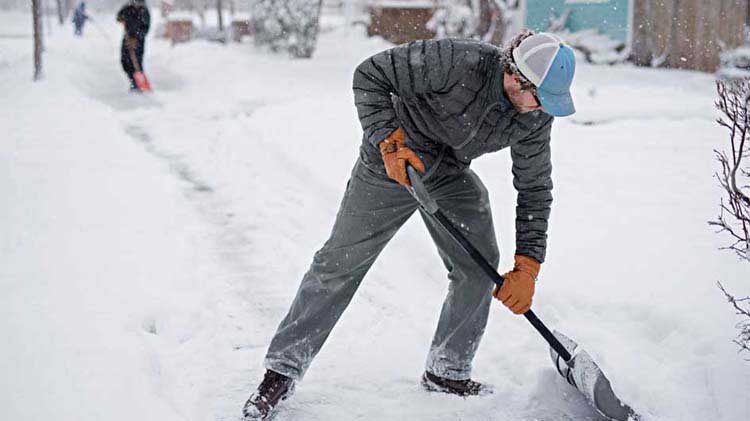Winter sidewalk safety tips for home and business owners
Winter sidewalk safety is a chore, but keeping your sidewalk clear of ice and snow during the winter might help prevent accidents and trouble.
It's a chore, for sure, but keeping your sidewalk clear of ice and snow during the winter is an important task. It might help prevent accidents, and save you a lot of trouble in the long run. Whether you're a homeowner, a landlord, a business or a tenant, snow removal and sidewalk safety go hand-in-hand; and someone is ultimately responsible for getting it done. Let's discover some safety aspects of this well-known and often ignored winter reality.
Let's start with landlords and small businesses
Whether it's written into the lease agreement or a municipal ordinance, snow removal and sidewalk safety could be your sole responsibility. We've all seen and avoided those storefronts or businesses that neglect to shovel their walkways and parking lots. And the truth is, their neglect simply becomes a hindrance to doing better business. In other words, they're putting themselves — as well as their customers — at great risk for slips, trips and falls. As the old saying goes, "An ounce of prevention…".
If you have a lease that doesn't specify whether your landlord will take care of snow removal, the responsibility may fall on you. If the landlord has an agreement that they will handle snow removal, failing to do so in a timely and effective manner may lead to complaints, injuries and lawsuits. Many businesses and landlords purchase business insurance and liability insurance coverage for unexpected accidents.
Are you a good neighbor after the snow has stopped falling?
Some folks actually look forward to the challenge of shoveling snow and de-icing sidewalks and driveways. We all are familiar with that one neighbor whose driveway and sidewalks are perfectly cleared and dry after a snowstorm. They're usually the ones who also take it upon themselves to help the elderly neighbors who cannot get out and clear their walks or driveways.
Snow shoveling safety
Before you head out to conquer the snow-packed concrete, consider these helpful sidewalk safety tips to help prevent hypothermia and injury.
Wear the right winter clothing and protection
Before going out to shovel, wear safe and protective clothing. Here are a few tips to consider.
- Layered clothing based upon the weather and your level of activity
- Waterproof boots with good traction
- Thick, warm socks
- Head covering to prevent loss of body heat
- Mittens or gloves to protect your hands
- Sunscreen and lip balm to protect exposed skin
Stretch
Stretching warms up your body and helps prevent muscle strains when done in proper form.
Use proper form when shoveling snow
- Push snow rather than lifting it.
- Never throw snow to the side or behind you since you could get hurt while twisting.
- Use your knees. Be sure to use your knees when shoveling or lifting rather than your back.
- Squat down with your legs apart, back up straight and heels grounded.
Get outside as soon as you can
Fresh, powdery snow is easier to clear than wet, compact snow. Shovel after every few inches of accumulation.
Work slowly and take breaks
Shoveling snow is exercise. It raises your heart rate and blood pressure. Pause every now and then to prevent exhaustion. Take time to drink plenty of water to stay hydrated.
If you have a medical condition or don't exercise regularly, consult with your doctor before shoveling snow or using a snow blower. Also, be aware of the signs and causes of hypothermia.
That Ice Isn't Very Nice
Another important and often overlooked consideration is the act of de-icing your sidewalk and driveway. The last thing you want is to put in all that hard work of snow removal — only to have yourself or someone else slip and fall on an icy layer atop the surfaces.
Tips for de-icing sidewalks
According to Consumer Reports, here are some tips for de-icing.
- Mix ice melt with sand. It helps reduce the amount of ice melt you use and provides extra traction.
- Spread the mix evenly in layers. Spread a thin layer before the bad weather hits and then a second thin layer afterwards.
- Consider rock salt. Regular rock salt works at temperature above 5 degrees Fahrenheit.
- Get ice melt. Use ice melt with calcium chloride when it's below 5 degrees Fahrenheit. It can melt ice in temperatures as low as -25 degrees Fahrenheit.
- Scoop up the extra salt. After the ice melts, scoop up any excess and throw it away.
